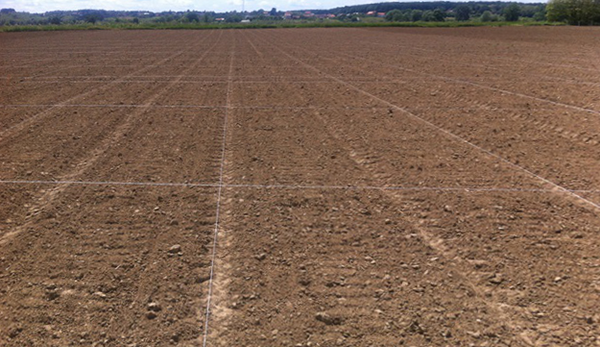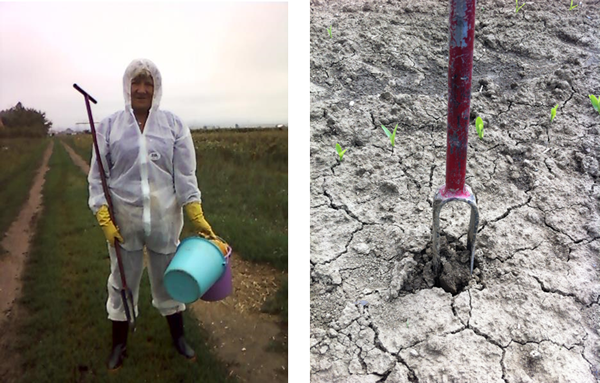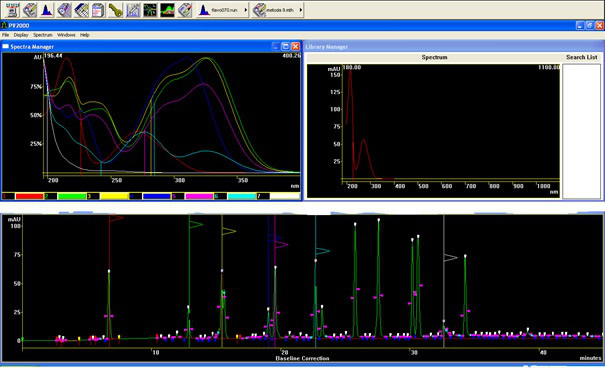Distribution of Pollutants in Environment
- Nataša Brajenović, PhD, chemist
- Irena Brčić Karačonji, PhD, biochemist
- Marija Dvoršćak, BSc, chemist
- Sanja Fingler Nuskern, PhD, chemist
- Vlasta Drevenkar, PhD, chemist
- Snježana Herceg Romanić, PhD, biotechnologist
- Darija Klinčić, PhD, chemist
- Zorana Kljaković Gašpić, PhD, chemist
- Gordana Mendaš Starčević, PhD, chemist
- Sanja Stipičević, PhD, chemist
- Želimira Vasilić, PhD, chemist
The studies are focused on:
- species, levels, distribution, and origin of persistent organochlorine compounds and selected pesticides in environmental matrices as well as on the temporal and geographical differences and routes of human exposure to organochlorines;
- long-term trends in the exposure of the general population in Croatia to persistent organochlorine compounds;
- human exposure to PCBs and metals using toxic equivalents (TEQs) and target hazard quotients (THQs);
- the influence of physicochemical properties of pesticides and pedological properties of soils on sorption/desorption interactions, persistence and mobility of pesticides in water/soil environment;
- genotoxicity of pesticide species extracted from contaminated water and soil samples.
- herbicide behaviour in soils under field conditions and conventional agricultural practice: field experiments aiming to investigate the dissipation rate and mobility of selected herbicides in agricultural soils treated with commercial herbicide formulations.
Analytical methods are based on:
- extraction of organic pollutants from environmental and biological matrices (solvent or solid-phase extraction, ultrasound assisted solvent extraction, microwave assisted solvent extraction) followed by capillary gas chromatography or high performance liquid chromatography with selective detection including mass spectrometry;
- decomposition of environmental and biological samples and sample freeze-drying followed by trace elements analysis using inductively coupled plasma mass spectrometry.

Figure 1. Herbicide treated experimental field

Figure 2. Soil sampling



